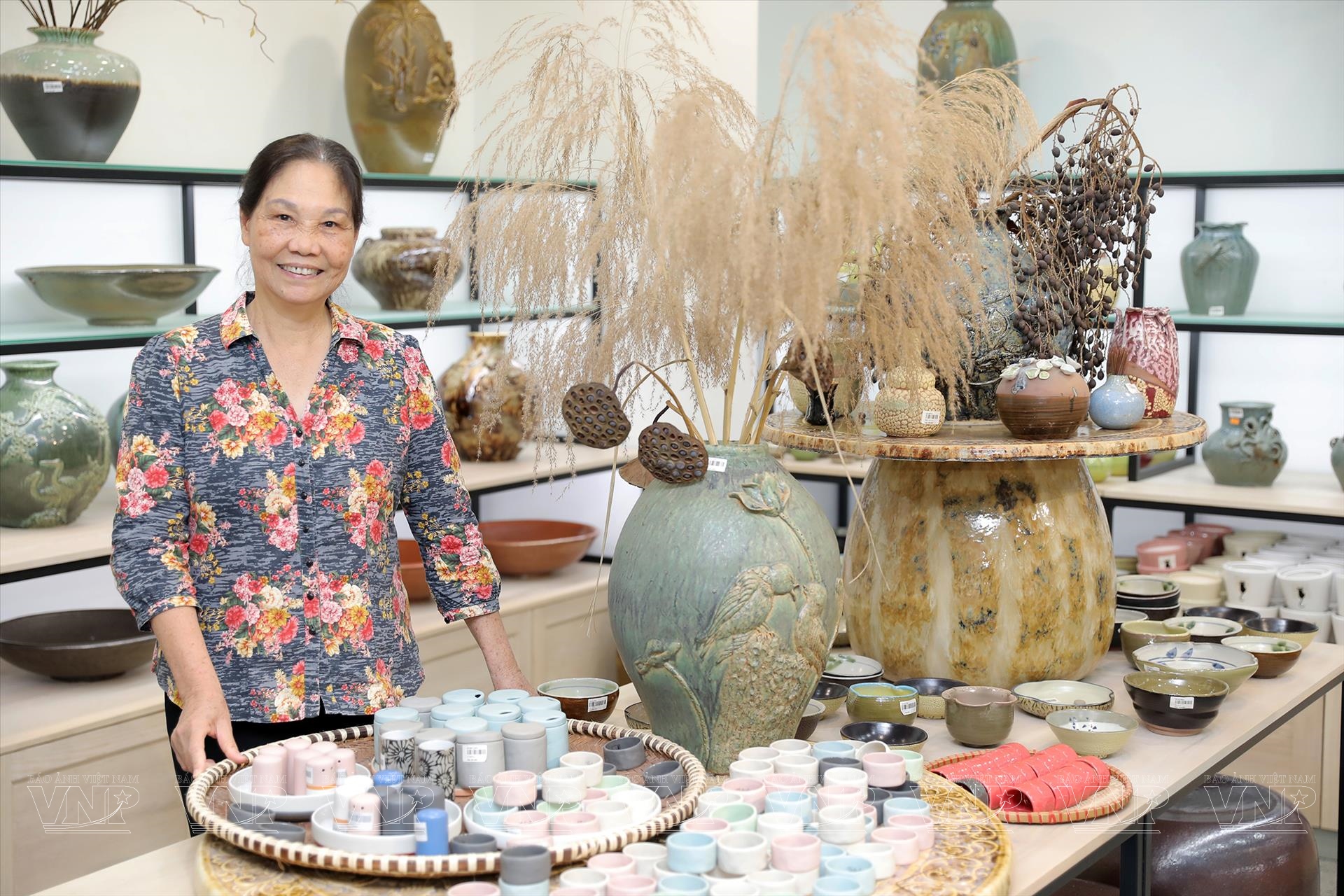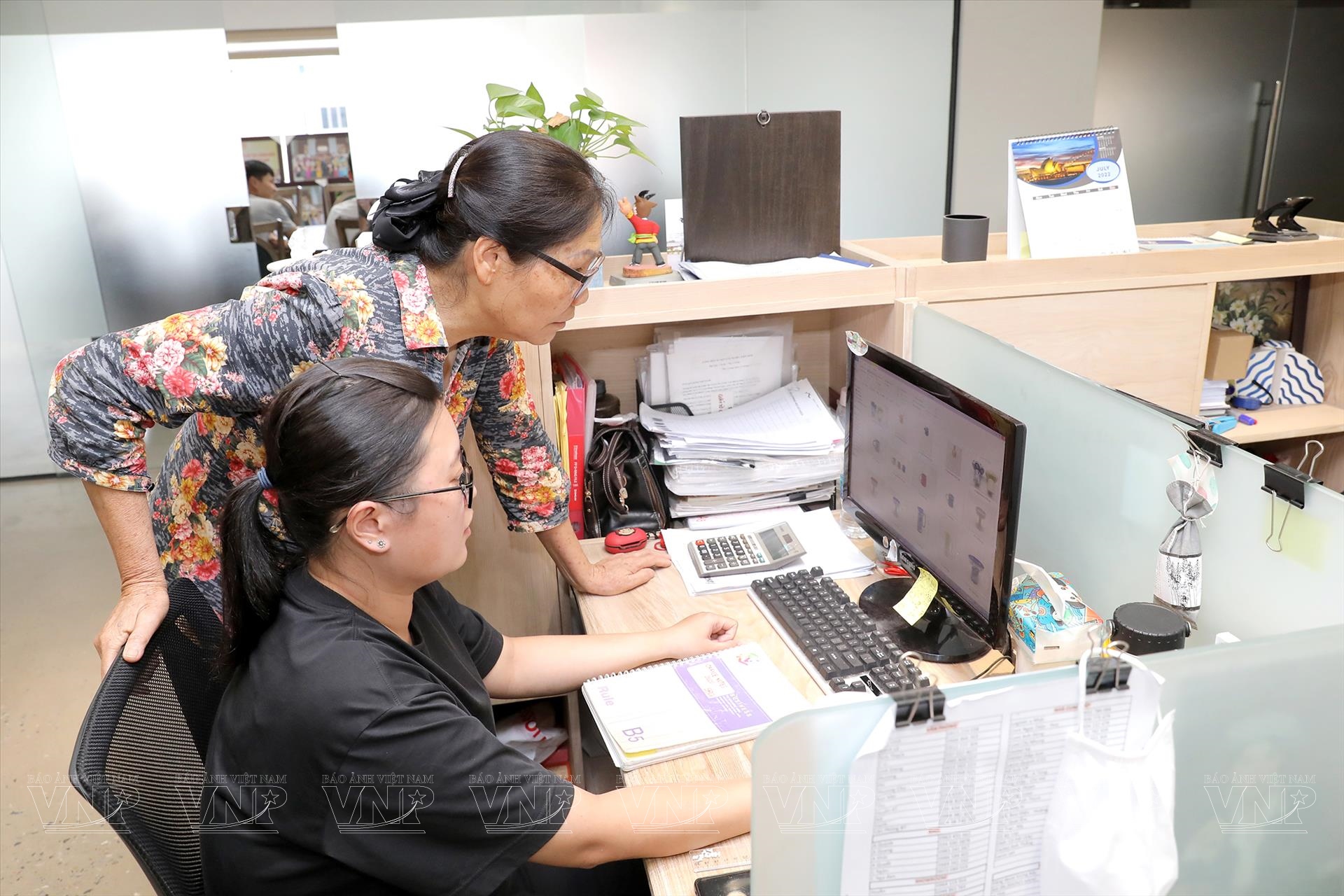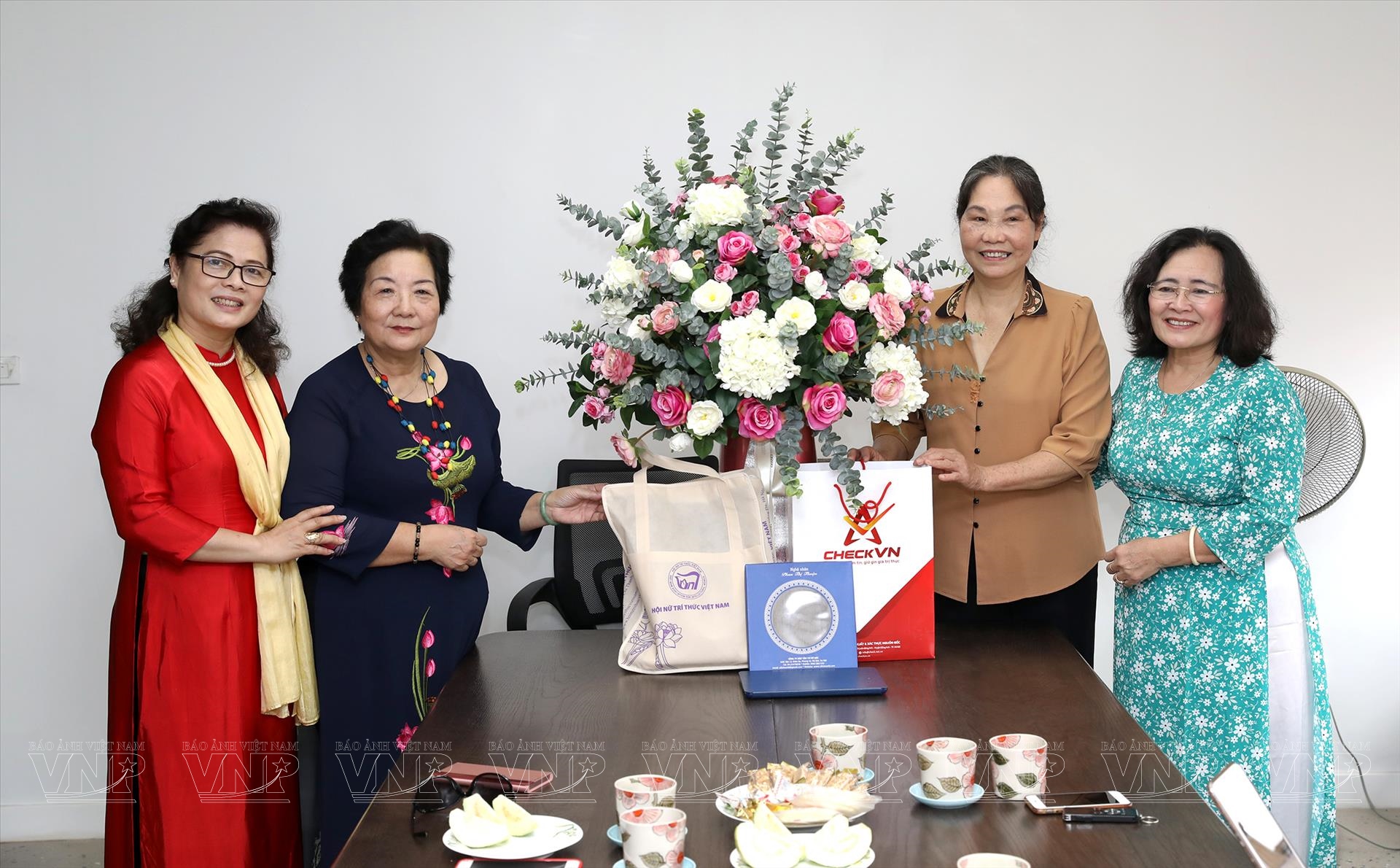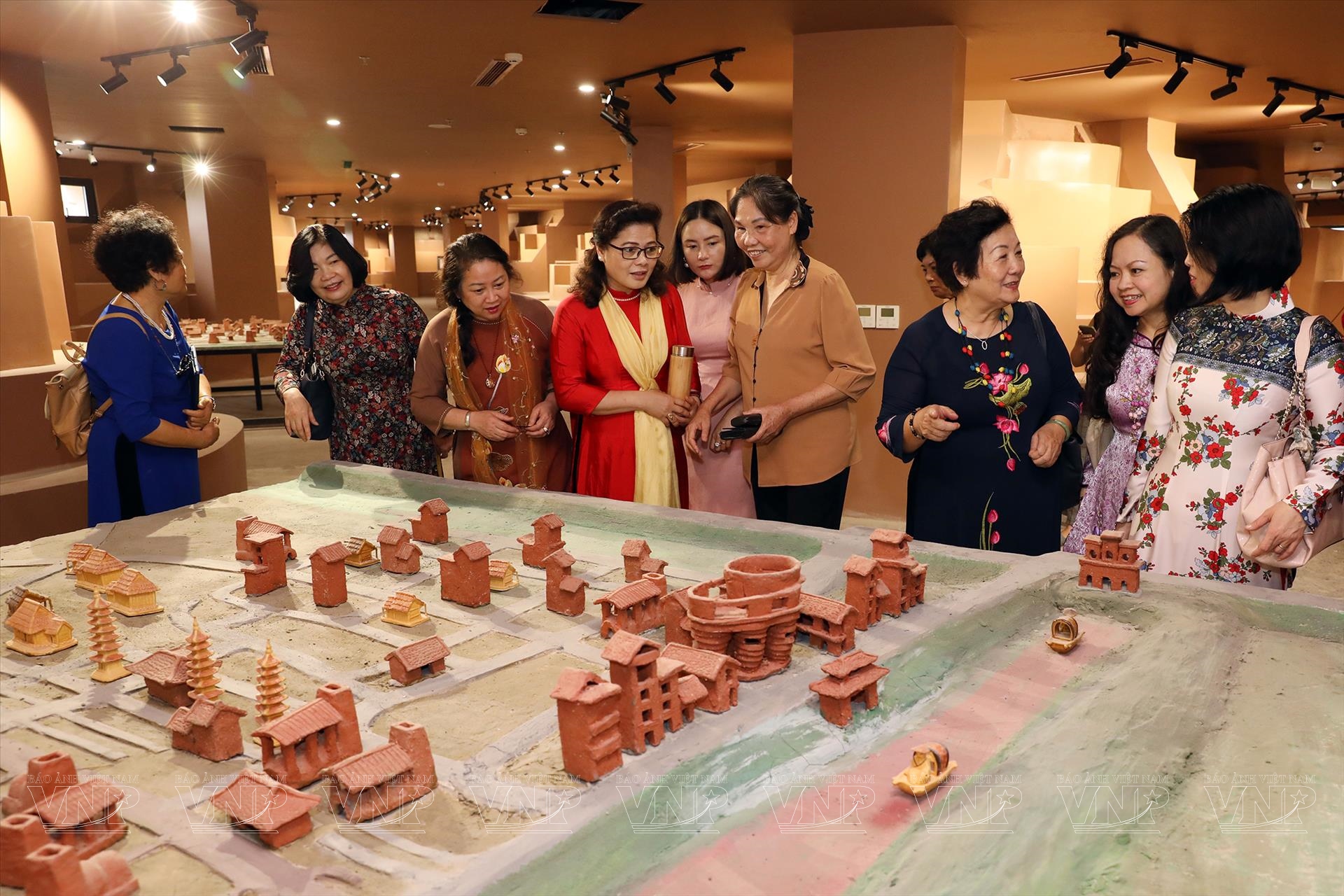Bringing Vietnamese Pottery to the World
Born and raised in the pottery village of Bat Trang (Gia Lam, Hanoi), Ha Thi Vinh developed a passion for pottery over three decades ago. Known as the “clay witch”, she has since built the largest company in the village, which currently supplies pottery products to retail conglomerates worldwide.
In 1986, the Vietnamese government abolished the state- subsidy mechanism and made some economic reforms. Vinh, who was then a key official in the sales department of the Bat Trang pottery and porcelain enterprise, was forced to leave her state job due to family circumstances.
At that time, Vinh realized that since the 15th and 16th centuries, her ancestors had been exporting pottery products to Japan and other countries through the international trading port of Hoi An. She wondered, "If my forefathers could do it, why can't I?" This became the driving force behind the establishment of My Hanh pottery and handicrafts export complex, the predecessor of Quang Vinh Ceramic Co., Ltd, with a focus on selling products to foreign markets.
At the end of 1989, after facing a stagnant market in the northern region, Vinh traveled to Ho Chi Minh City and signed a pottery contract worth 30,000 US dollars with an Italian businessman. This contract helped introduce Bat Trang pottery products to international friends. However, the client did not place a follow-up order because he knew that Vinh's factory was still using coal-fired kilns, causing environmental pollution.
Afterward, Vinh brought her products to participate in a pottery exhibition in Dallas, Texas (USA). All of the products she brought to the exhibition were sold but customers did not place a second order.
The outdated technology, the use of environmentally polluting kilns, and the lack of product refinement were the reasons why Vinh thought about making a change.
"We have to change, apply scientific and technological advances, and incorporate new techniques to create unique products in order to satisfy the export market," Vinh told herself.
The first important solution was to replace the technology and equipment of the kilns, switching from firewood to liquefied gas. The company was brave enough to take the lead by importing a high-tech 4m3 gas kiln from Taiwan. Compared to the old firewood kilns, this gas kiln had advantages in productivity, product quality, and improved the environmental pollution situation in the pottery village.
From applying advanced science and technology, The company's ceramic products have become very diverse in terms of types and designs, with a focus on interior ceramic products such as enamelware and faux antique styles from the 15th to 17th centuries. These products are highly sought after by customers from Japan, the United States, Taiwan, Denmark, and the Czech Republic. It is worth noting that American and Western European customers particularly like to order flower pots and interior decorative items. As a result of this pioneering effort, hundreds of other gas kilns are now being used in the Bat Trang ceramic village.
Adding to Vinh’s knowledge and experience through the years, she has been able to combine the main ingredients needed for the success of a company: an unwavering passion for her work, the willingness to keep up with new technologies, and good customer service. She has become the “chosen woman” to preserve and develop the quintessence of a thousand-year-old ceramic village.
Story: Thao Vy/VNP Photos: Thanh Giang Translated by Hong Hanh





